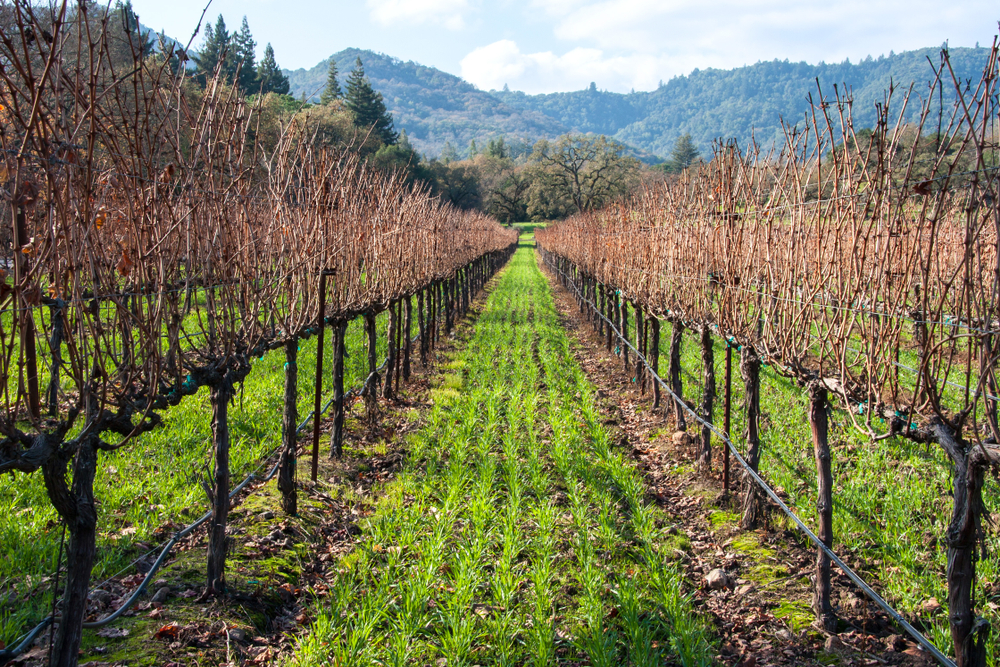The agriculture market has always been challenging, and maybe particularly so now, with pressures from declining market prices, the availability and cost of labor, new regulations, water restrictions, etc. Crop input prices are on the rise and regulations are restricting what growers can do going forward. Bottom line: Growers must find new ways to be successful.
Technology in agriculture, like in most parts of our lives, has changed how we do things and, maybe more importantly, enabled us to measure what we had only presumed or speculated about in the past. Back in 2008, Andaman Ag began introducing biological products to the market. It wasn’t the most receptive audience at that time. But while working overseas, I witnessed the benefits of biological products firsthand. One of the key takeaways was their ability to improve growers’ Return on Investment, or ROI, over time.
Now there is a growing awareness that biological products can play a significant role. Today, we’re moving into a non-NPK revolution giving way to biological farming, also known as regenerative farming. It’s an approach to agriculture that focuses on the use of natural processes and systems to promote soil health, biodiversity, and sustainability. On an even more granular level, for Andaman Ag it’s about increasing a plant’s metabolism by increasing photosynthesis, resulting in greater sugar production in the plants. This will drive plant health and fruit production, and many of the applications that we think we need actually won’t be needed, or they’ll be needed to a much lesser extent.
And here’s the kicker: If we do it right, we can increase our ROI by 10%, 20%, or even 40%. It’s all about increasing the plant’s metabolism, because the metabolism governs various essential processes necessary for a plant’s growth, development, and overall functioning, including:
1. Energy production: Metabolism helps plants convert sunlight into chemical energy through photosynthesis. This energy is then used for various cellular activities and for the synthesis of essential molecules.
2. Nutrient uptake and utilization: Metabolism enables plants to absorb and utilize nutrients from the soil. It involves the breakdown of complex molecules into simpler forms that can be transported and used by the plant for growth, repair, and reproduction.
3. Growth and development: Metabolism regulates the synthesis of hormones, proteins, and other molecules that control the growth and development of plants. It determines the rate of cell division, elongation, and differentiation, affecting the formation of roots, stems, leaves, flowers, and fruits.
4. Defense responses: Metabolism plays a crucial role in a plant’s defense against pathogens and pests. It enables the production of phenolic compounds that play a crucial role in the defense mechanisms of plants against various biotic and abiotic stresses.
5. Environmental adaptation: Metabolism helps plants respond and adapt to changes in their environment. It regulates processes like stomatal opening and closing, allowing plants to optimize water use efficiency and respond to changes in light, temperature, and CO2 levels.
Biological products can deliver improved crop productivity by increasing fruit uniformity and yield and, equally, mitigating crop deterioration and decline. Biological products complement the plant’s natural system, accelerating improved soil health and biodiversity leading to improved ROI. They can also be easily incorporated into any crop program in a small or large manner.
Andaman Ag has learned a lot since 2008. We offer a large array of products that boost plant metabolism and build healthy soils. Our products play a variety of roles in helping crops grow with less disease pressure, and greater uniformity, yield, and quality.





